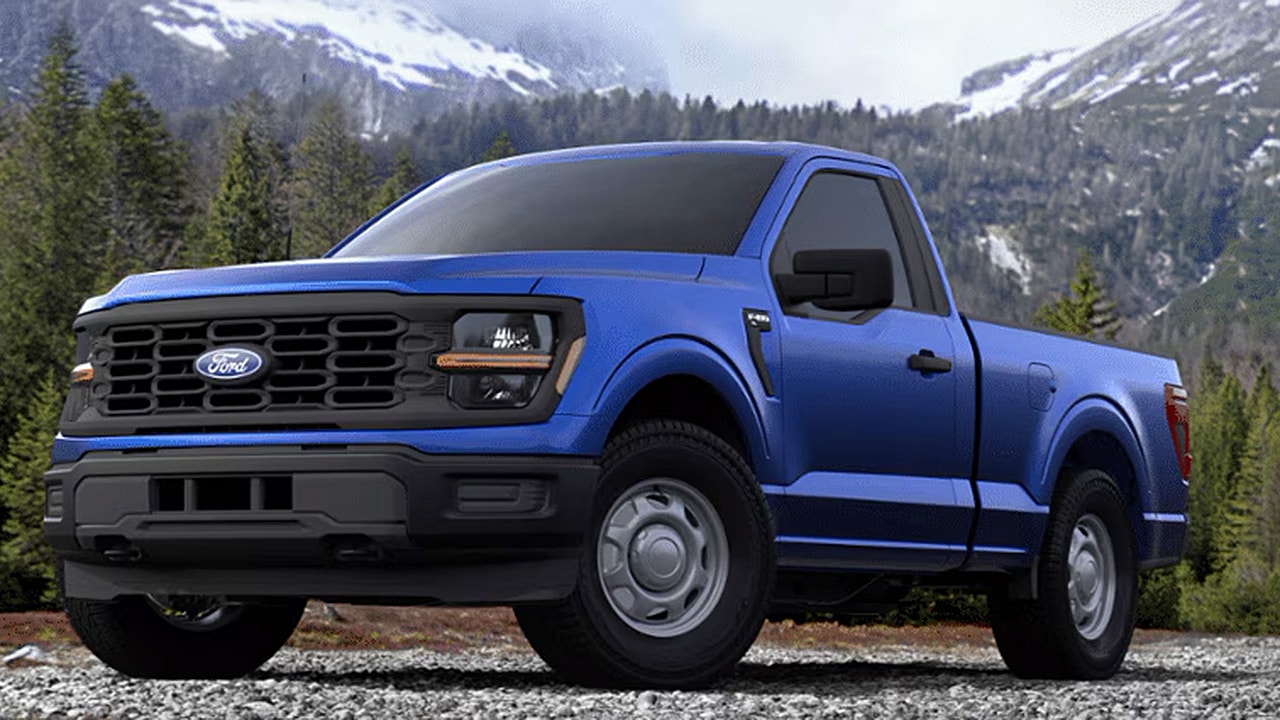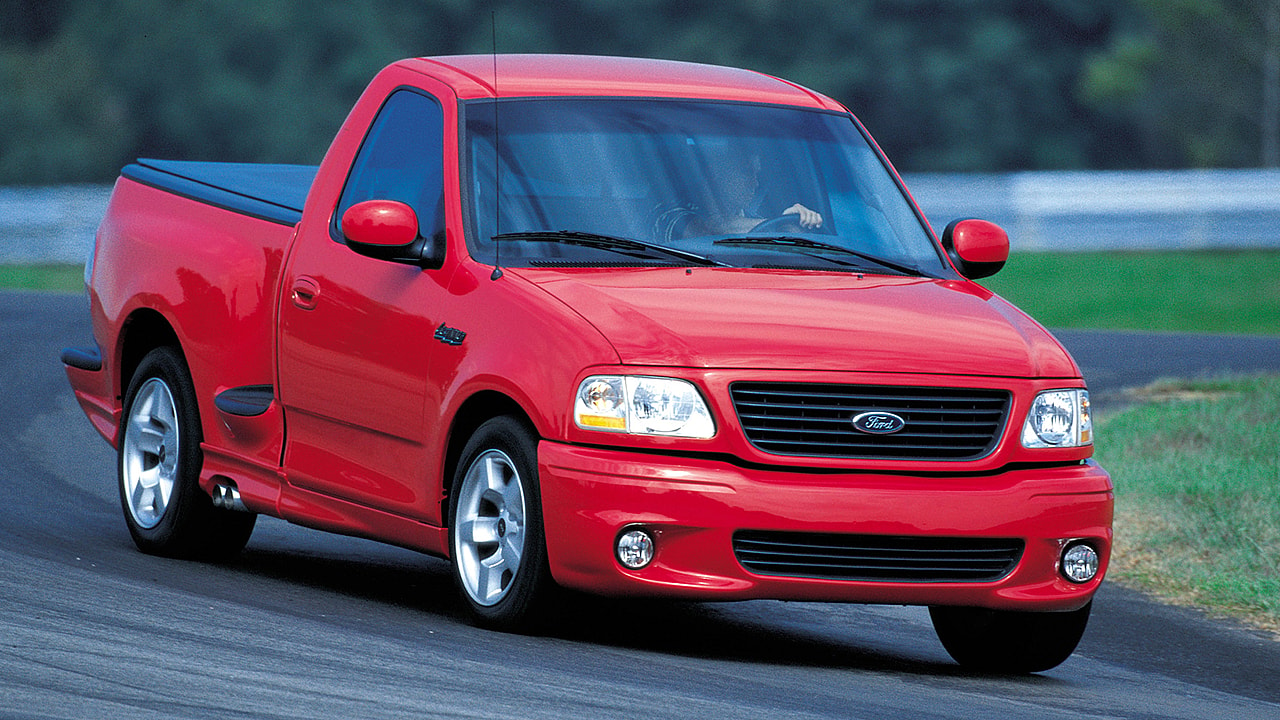NHTSA Proposes Pedestrian Safety Rules That Could Change Car And Truck Design To Save Lives

The National Highway Traffic Safety Administration (NHTSA) has proposed new vehicle design rules aimed at improving pedestrian safety.
The regulations would require new light vehicles with a gross vehicle weight rating of 10,000 pounds or less to pass a new crash test that simulates an impact with a pedestrian.
The European New Car Assessment Program put similar rules into effect in 2009, which led to changes in vehicle styling to create grilles and hoods that soften the blow of a low speed impact.
NHTSA’s proposal includes testing the vehicles at 25 mph, as two thirds of pedestrian injuries and fatalities occur at that speed or lower, but it will be open to a comment period for 60 days before the next phase.
Read Also: THE 13 SAFEST NEW US-MADE VEHICLES

Read Also: U.S. GOVERNMENT TO MANDATE AUTOMATIC EMERGENCY BRAKING IN ALL VEHICLES BY 2029
According to NHTSA, the number of pedestrian fatalities grew from 4,779 in 2013 to 7,522 in 2022, with 83% being caused by frontal impacts.
NHTSA expects the new regulations to save approximately 67 lives annually, which suggests there are other factors contributing to the 57% growth in fatalities that go beyond the vehicle design that is being addressed.
Read Also: TRUCKS AND SUVS WITH TALL AND BLUNT FRONT ENDS ACTUALLY ARE MORE DEADLY, IIHS STUDY FINDS
A 2023 study from the Insurance Institute for Highway Safety that looked at 2,958 accidents involving fatal pedestrian accidents found that vehicles with the tallest, blunt front ends were the deadliest, while impacts with very low cars also had an elevated fatality risk.

The takeaway is that the blunt vehicles knock the person forward onto the road, while the flattest hoods don’t do a good enough job keeping the pedestrian from hitting the hard parts underneath it, like the engine.

Vehicle weight was determined to be a non-factor, given the large difference in mass between even a small vehicle and a human. While large trucks tend to have the biggest and flattest front ends, many of the more popular small crossovers have adopted designs that include hoods that are 40 inches tall or more.
“IIHS is pleased to see NHTSA taking this step toward mandating vehicle designs that are less dangerous to pedestrians. This move is in line with recommendations that IIHS has made to NHTSA in the past to ensure that every new vehicle comes with baseline protection for pedestrians in the event of a crash,” IHS President David Harkey said in a statement on the NHTSA news.
“While today’s announcement marks an important step towards making vehicles less harmful in pedestrian crashes, improving vehicles themselves is only one part of making streets safer for people on foot. Communities and policymakers need to consider critical changes like lowering speed limits, implementing infrastructure improvements, and beefing up enforcement of traffic laws. These sorts of changes can help save lives now.”
This story has been updated with comment from IIHS
